Gravieren Leuchtenden Beliebt 18650 battery self discharge rate
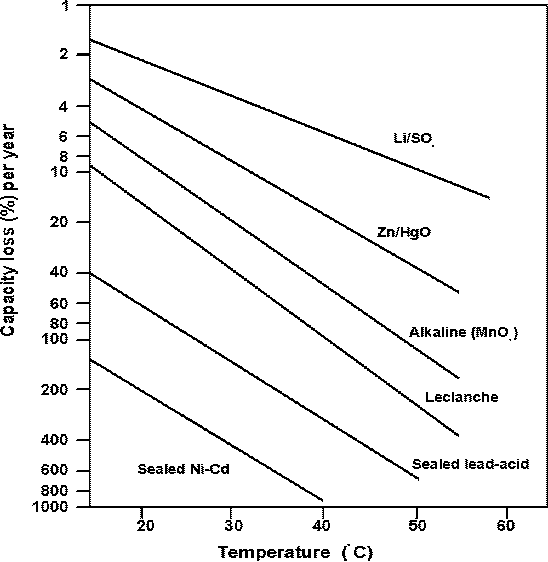
What is Self Discharge of Battery? Theoretically, the batteries do not react with each other when they are not in use, and the redox reaction only occurs when the appliance is connected to the battery. However, in real life, ordinary batteries, including dry batteries (alkaline), will produce chemical reactions inside the battery.
What is LithiumIon cell selfdischarge? YouTube

The self-discharge rate of lithium-ion batteries is generally 2% to 5% per month, and 5% -8% at normal temperature. When an irreversible reaction occurs inside the battery, the resulting capacity loss is irreversible, mainly including: 1) Irreversible reaction between positive electrode material and electrolyte.
TrustFire 4pcs 1.2V 2700mAh AA Ni MH Rechargeable Batteries with Low
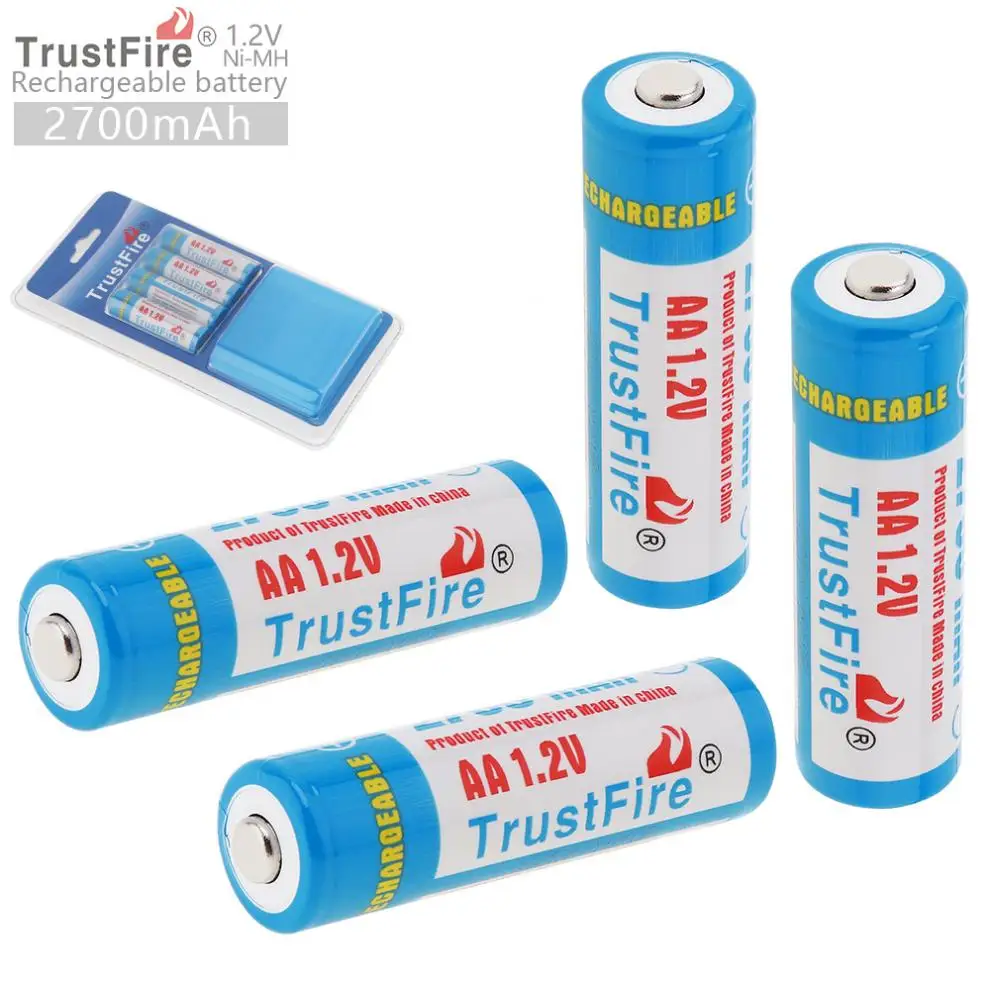
Self-discharge is a phenomenon in batteries in which internal chemical reactions reduce the stored charge of the battery without any connection between the electrodes or any external circuit. [1] Self-discharge decreases the shelf life of batteries and causes them to have less than a full charge when actually put to use. [1]
Influencing factors and measurement methods of lithium battery self
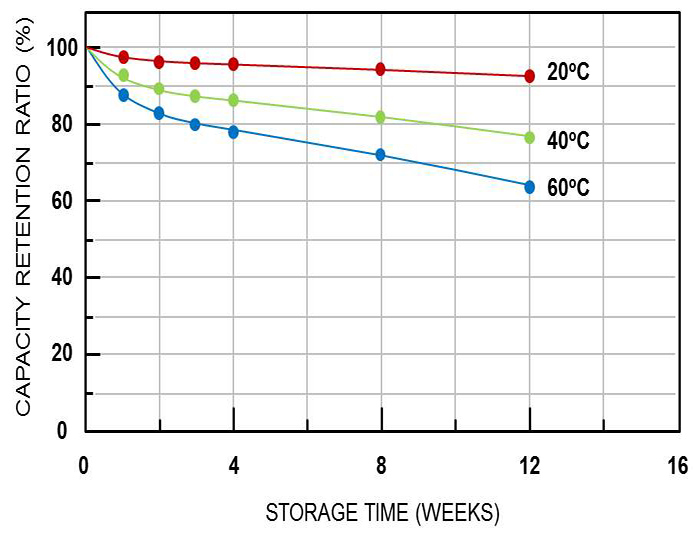
It's called self-discharge---electrical discharge in the absence of an external load placed upon the battery---and it's unavoidable. Different Battery Types Discharge at Different Rates
Low Self Discharge 1200mah Lithium Ion Battery Quick Charging

Battery self discharge is an internal chemical reaction that happens in batteries. It discharge the battery even when the battery is not connected to an external circuit or between the battery's electrodes. Therefore, when a rechargeable battery is not in use, it will lose some charge.
NEW VIDEO Battery SelfDischarge Collin’s Lab Notes adafruit

Self-discharge is one of the main parameters for measuring battery performance. Generally speaking, the lower the battery storage temperature, the lower the self-discharge rate. However, it should be noted that too low or too high temperature may cause the battery to be damaged and cannot be used.
Selfdischarge investigation of the rechargeable ZnCu battery. (a) OCV

The self-discharge of all battery chemistries increases at higher temperature, and the rate typically doubles with every 10°C (18°F). A noticeable energy loss occurs if a battery is left in a hot vehicle. High cycle count and aging also increase self-discharge of all systems.
Comprehensive understanding of battery self discharge in lithiumion
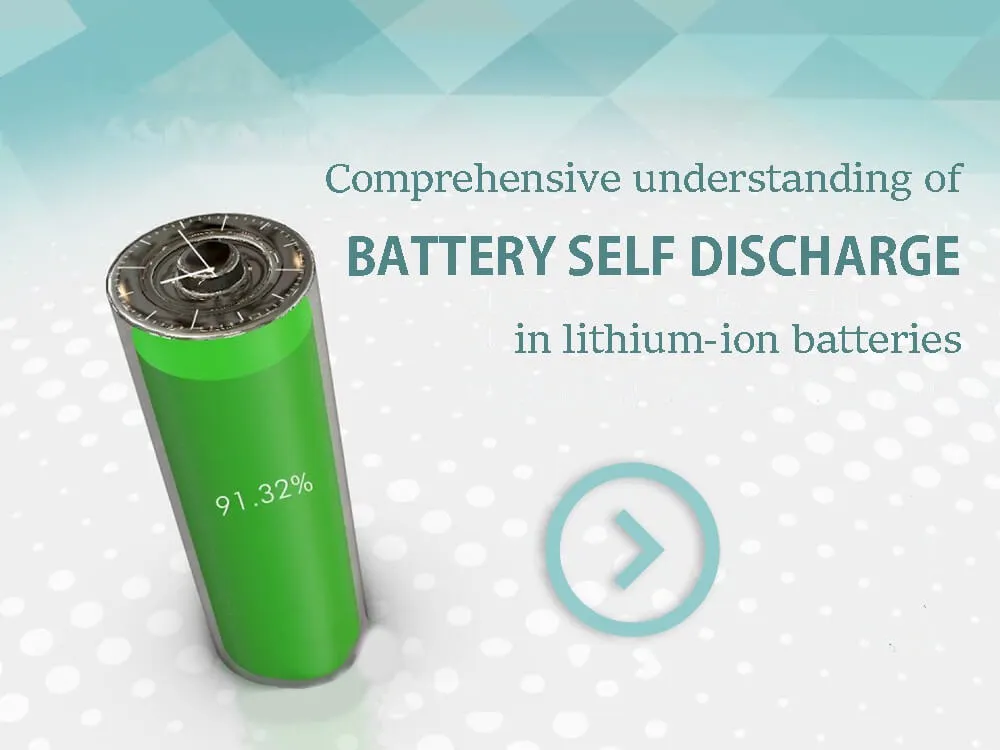
Self-discharge occurs when the battery is not in use and is a natural process that occurs with all battery types. A lithium-ion battery typically self-discharges at a rate of about 5% per month.
Low battery selfdischarge the hidden secret to long operating life

13 Citations Explore all metrics Abstract In this work the self-discharge characteristics are evaluated through resting OCV (open-circuit voltage)-SOC (state-of-charge) hysteresis and storage aging behavior for pouch NCM|graphite lithium-ion battery.
Going Solar Chapter 15 Know Your Battery Green Sarawak
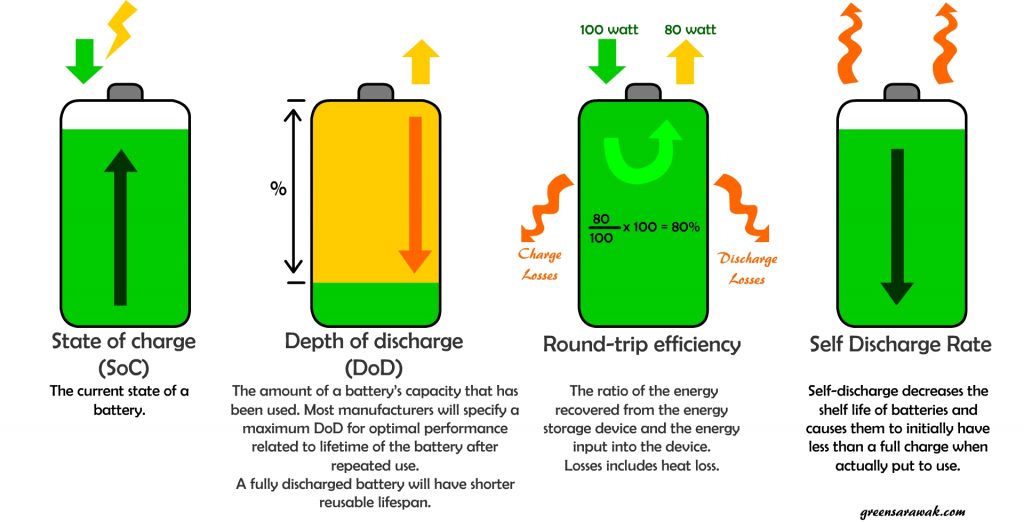
Explore What is self-discharge? Battery self-discharge is caused by the internal reactions in a battery that reduce the energy stored without any connection with an external circuit. In other words, the battery loses the energy stored in it by itself due to its internal behaviour even when the connected application is not demanding any energy.
Low Selfdischarge LiSOCl2 Battery 3.6V for Communication Equipment
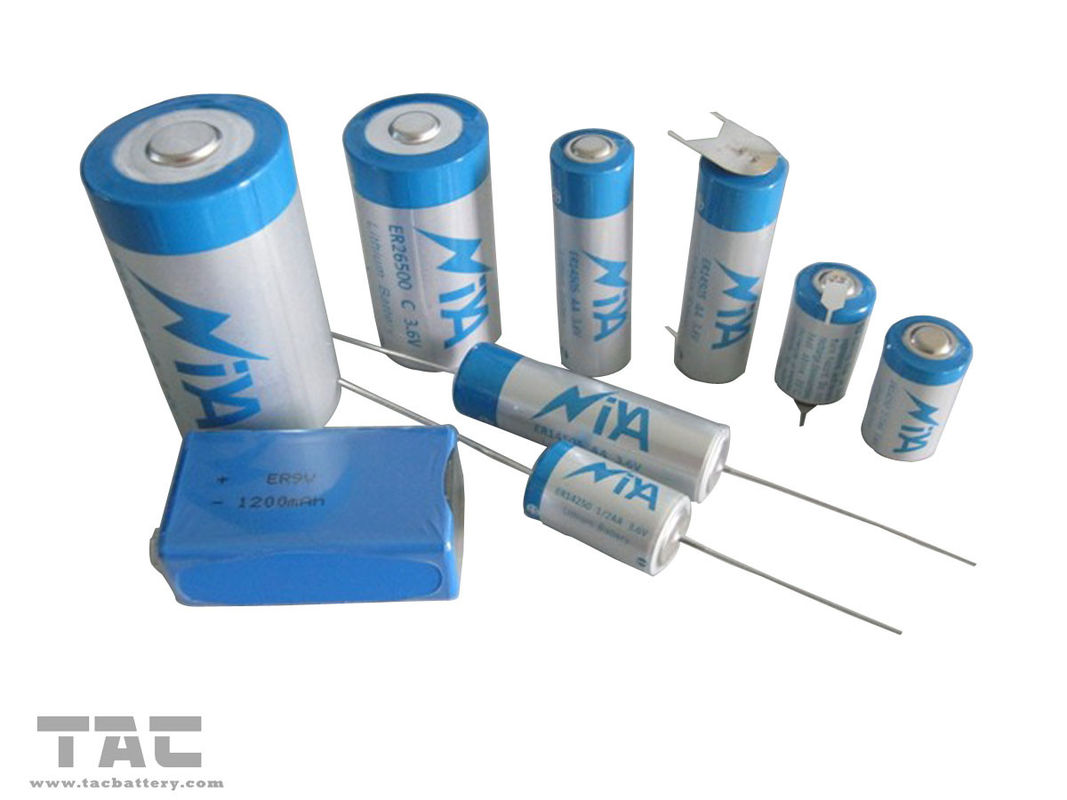
Self-discharge refers to the declining state of charge of a battery while the battery is not being used. In most instances, self-discharge cannot be eliminated but needs to be managed. Too high a self-discharge rate can limit the potential applications for a battery.
Self Discharge of MagnesiumSulfur Batteries Leads to Active Material
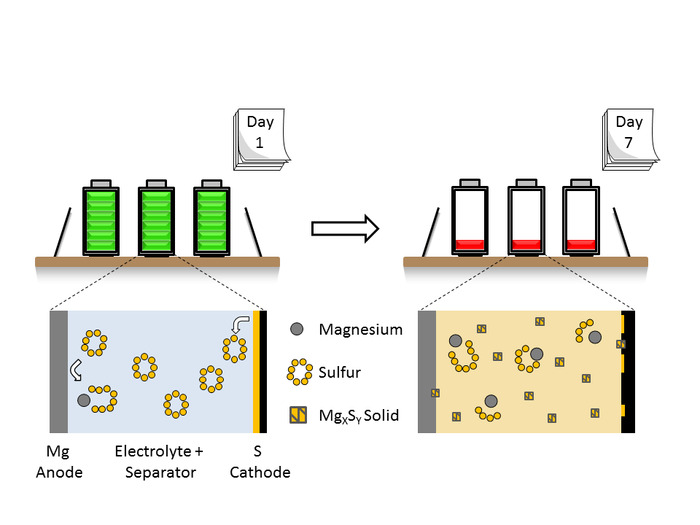
However, a battery that does not follow this pattern will have a shorter lifespan than the norm. We can help reduce their self-discharge rate when we understand it, but we cannot prevent it completely. More Information. Battery Memory Effect and Self-Discharge. Getting Battery Self-Discharge Taped. Preview Image: Self-Discharge by Battery Type
12V 40A Rechargeable Sealed Lead Acid Battery

Discover how batteries diminish in power through self-discharge, including different battery types, and what factors affect their discharge rate.
Battery Health Sentry

By 2007, monthly self-discharge rate was estimated at 2% to 3%, and 2 -3% by 2016. By comparison, the self-discharge rate for NiMH batteries dropped, as of 2017, from up to 30% per month for previously common cells to about 0.08-0.33% per month for low self-discharge NiMH batteries, and is about 10% per month in NiCd batteries.
Battery types used in portable and solar lighting LEDwatcher
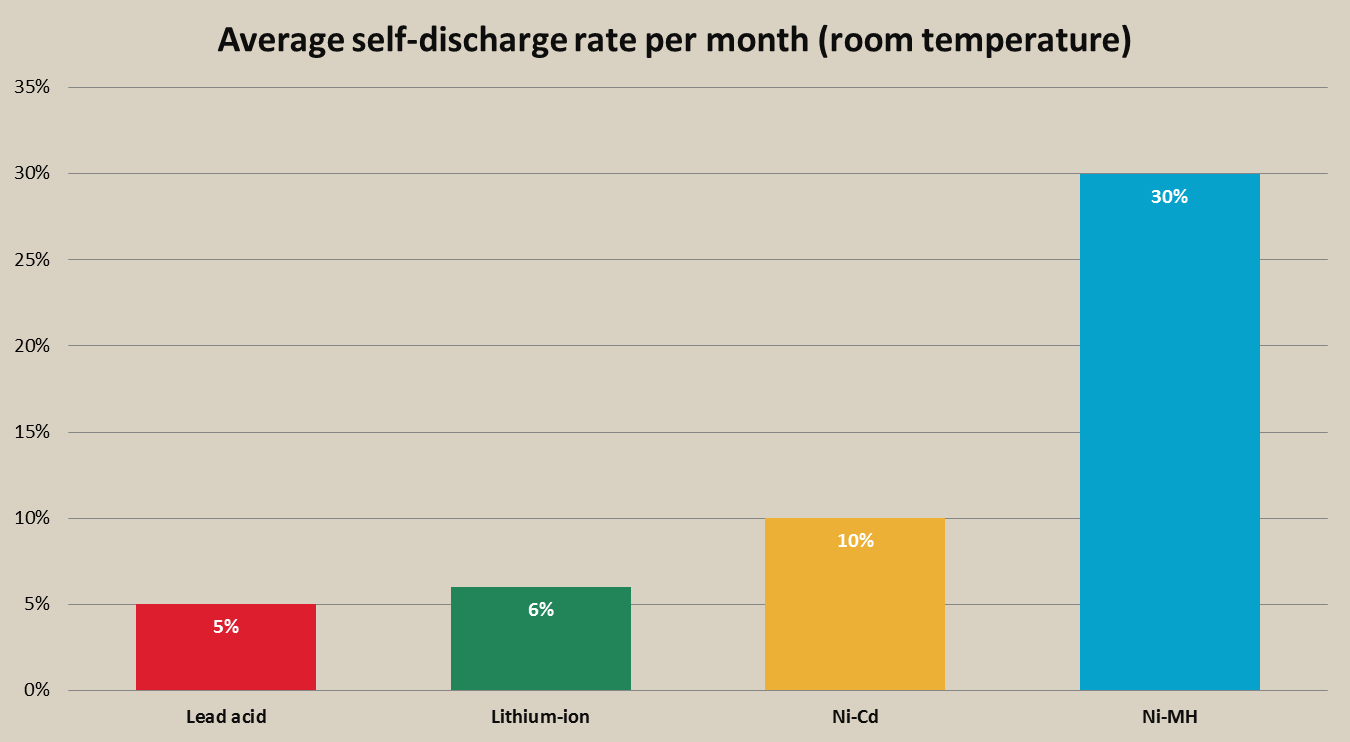
Self-discharge refers to self-running electrochemical processes which cause batteries (accumulators) to discharge more or less quickly, even if no electrical consumers are connected. The speed of self-discharge determines which part of the originally stored charge quantity (capacity) can still be used after storage.
12V 120ah Gel Deep Cycle Low SelfDischarge Battery China Low Self

Battery self-discharge is common to all chemistries as chemical reactions sap energy even while the cell is inactive. Fortunately, you can modify the self-discharge rate of a bobbin-type LiSOCl battery by controlling the passivation efect. 2 Passivation occurs only with LiSOCl batteries, where a thin film of lithium chloride (LiCl) 2